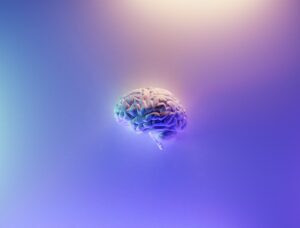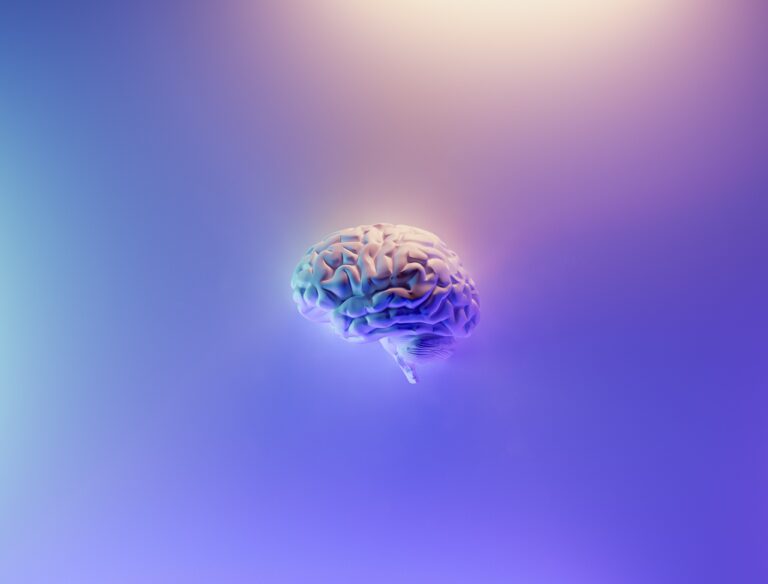Introduction: Discover the Wonders of Deep Learning
Deep learning is revolutionizing the world of artificial intelligence, enabling machines to learn and make predictions like never before. In this article, we will delve into 10 click-worthy techniques that are driving the progress and potential of deep learning. Prepare to be amazed!
Technique 1: Convolutional Neural Networks (CNNs)
CNNs are widely used in image recognition tasks, allowing computers to identify objects within images. For example, the famous ImageNet competition classifies millions of images into thousands of categories with impressive accuracy using CNNs. From self-driving cars to medical diagnostics, CNNs are transforming various industries.
Technique 2: Recurrent Neural Networks (RNNs)
RNNs are excellent for processing sequential data, such as time series or text. They can remember and consider previous information, making them suitable for tasks like language translation, sentiment analysis, and speech recognition. Google’s groundbreaking neural machine translation system relies on RNNs to provide more accurate and fluent translations.
Technique 3: Generative Adversarial Networks (GANs)
GANs can generate realistic synthetic data by playing a “game” between a generator and a discriminator. This technique has revolutionized image synthesis, creating astonishingly realistic images that are indistinguishable from real ones. The popular website “This Person Does Not Exist” generates realistic faces of people who don’t exist using GANs.
Technique 4: Transfer Learning
Transfer learning speeds up the training process by utilizing knowledge gained from one task or dataset to improve performance on another. For example, a model trained on a large dataset like ImageNet can be fine-tuned to recognize specific objects, even with limited training data. This technique saves time, computing resources, and enhances performance.
Technique 5: Autoencoders
Autoencoders are powerful tools for data compression and unsupervised learning. They can create a compact representation of complex data, enabling efficient storage and transmission. An interesting application is in anomaly detection, where autoencoders can reconstruct normal patterns and identify anomalies, such as credit card fraud or defective products.
Technique 6: Reinforcement Learning
Reinforcement learning involves an agent learning through interactions with an environment and receiving feedback in the form of rewards or penalties. This technique has shown remarkable success in teaching machines to master complex tasks, from playing games like chess and Go to controlling robots. OpenAI’s Dota 2 bot, which defeated professional players, is a prime example.
Technique 7: Attention Mechanism
The attention mechanism helps models focus on the most relevant parts of the input when processing data. It has significantly improved the performance of machine translation, allowing models to pay attention to relevant words during the translation process. Google’s “Transformer” model, which powers Google Translate, uses attention mechanisms for precise translation.
Technique 8: Variational Autoencoders (VAEs)
VAEs combine the power of autoencoders and probabilistic modeling to generate new data similar to the training examples. They not only compress data but also create a continuous latent space, enabling interpolations and controlled generation. VAEs have been used to generate compelling and realistic images, such as DeepArt.io’s stunning artwork.
Technique 9: Neural Style Transfer
Neural style transfer allows images to be transformed into various artistic styles. By employing deep neural networks, an image can be combined with the style of an artwork to produce unique and visually striking results. Prisma, a popular mobile app, leverages this technique to enable users to apply famous artistic styles to their photos.
Technique 10: One-Shot Learning
One-shot learning aims to teach machines to recognize objects with very few examples. This technique is useful when data is scarce or when dealing with new classes not encountered during training. For instance, a one-shot learning model can quickly learn to recognize a new species of animals, even with just a single image.
Conclusion: Unlock the Potential of Deep Learning
The world of deep learning offers an extensive array of techniques that continue to shape the future of artificial intelligence. From image recognition to natural language processing, these 10 click-worthy techniques have demonstrated their power and versatility in solving complex problems and fueling innovation across various domains. With deeper understanding, we can unlock the full potential of deep learning and witness even more extraordinary advancements in the near future.
















